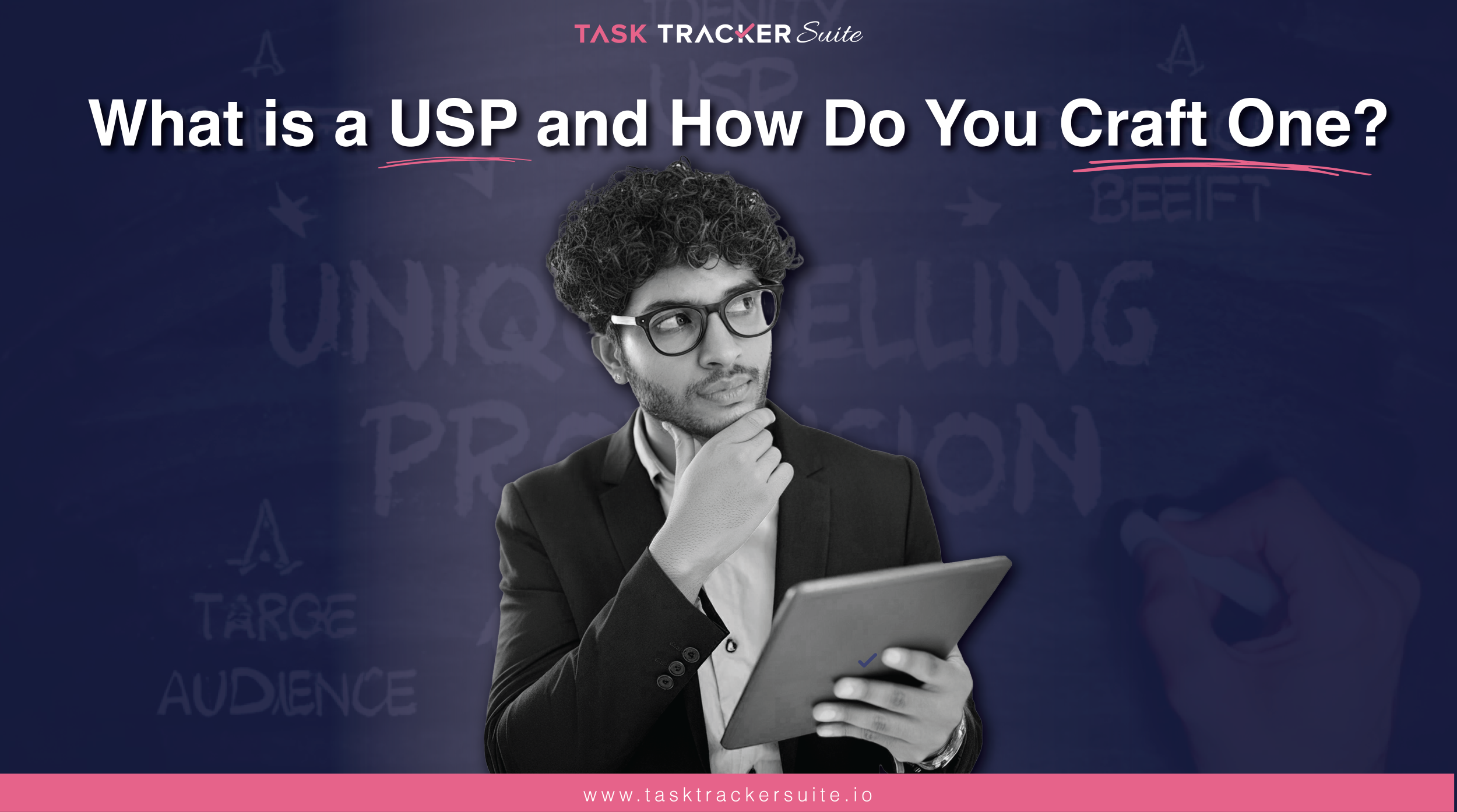
If you are running a business you must have a USP to stand out from the competitors. But what is USP? It’s a “unique selling proposition” explaining how your business is unique from your competitors. Knowing its definition is not enough you need to create one for your business to differentiate yourself from others. In this blog, we will learn what a USP is and how you can craft one for your business.
What is a USP?
A unique selling proposition (USP) is also called a unique selling point, which makes you stand out from your competitors. There are so many different businesses of a single product or a service. If you search for a single product let’s say “Laptop for gaming” you can get numerous companies selling this product. But how a customer chooses your product will depend on your USP.
For businesses, having a USP is important as It’s a critical component of your brand’s identity, often forming the cornerstone of your marketing strategy. A well-defined USP is an answer to: “Why should a customer choose your product over others?”
Key Elements of a USP
- Unique: Your USP should highlight something that only you offer or a distinctive feature that sets you apart.
- Selling: It should be compelling and persuasive, emphasizing the benefits to the customer.
- Proposition: It should make a clear and concise promise to the customer.
Steps to Crafting a Compelling USP
Creating an effective USP requires introspection, market research, and a clear understanding of your audience. Here’s a step-by-step guide to help you craft a USP that stands out:
1. Understand Your Target Audience
Before you can define what makes your product unique, you need to know who you’re selling to. Conduct market research to understand your audience’s needs, preferences, pain points, and buying behaviour. This understanding will help you tailor your USP to resonate with them.
2. Analyze Your Competitors
Examine your competitors to identify what they offer and how they position themselves in the market. Look for gaps in their offerings and opportunities where you can stand out. Understanding the competitive landscape is crucial to ensure your USP is truly unique.
3. Identify Your Unique Features
List the unique features of your product or service. Consider aspects such as quality, price, customer service, convenience, technology, and any other elements that differentiate you. Reflect on what you do better than anyone else.
4. Highlight the Benefits
Translate your unique features into benefits for the customer. Instead of just listing features, explain how these features solve problems or enhance the customer’s life. For example, if you offer faster delivery than competitors, the benefit is that customers get their products quicker.
5. Craft a Clear and Concise Statement
Combine your unique features and benefits into a clear, concise statement. Your USP should be easy to understand and memorable. Aim for one or two sentences that provide the essence of what makes your product special.
Examples of Effective USPs
Here are a few examples of well-crafted USPs from successful brands:
- Domino’s Pizza: “You get fresh, hot pizza delivered to your door in 30 minutes or less – or it’s free.” Here the USP is getting pizza free if delivered after 30 minutes, which no other company offers.
- M&M: “The milk chocolate melts in your mouth, not in your hand.” Here the USP is that whether you keep the chocolate anywhere it will not melt, unlike their competitors.
Both of these USPs communicate a unique benefit that addresses a specific need or desire of the target audience.
Wrapping Up
Crafting a powerful USP is essential for any business looking to stand out in a competitive market. By understanding your audience, analyzing your competition, identifying your unique features, and articulating clear benefits, you can create a USP that not only differentiates your brand but also drives customer loyalty and growth. Remember, your USP is a promise to your customers – make sure it’s one you can consistently deliver on.


Leave a Reply